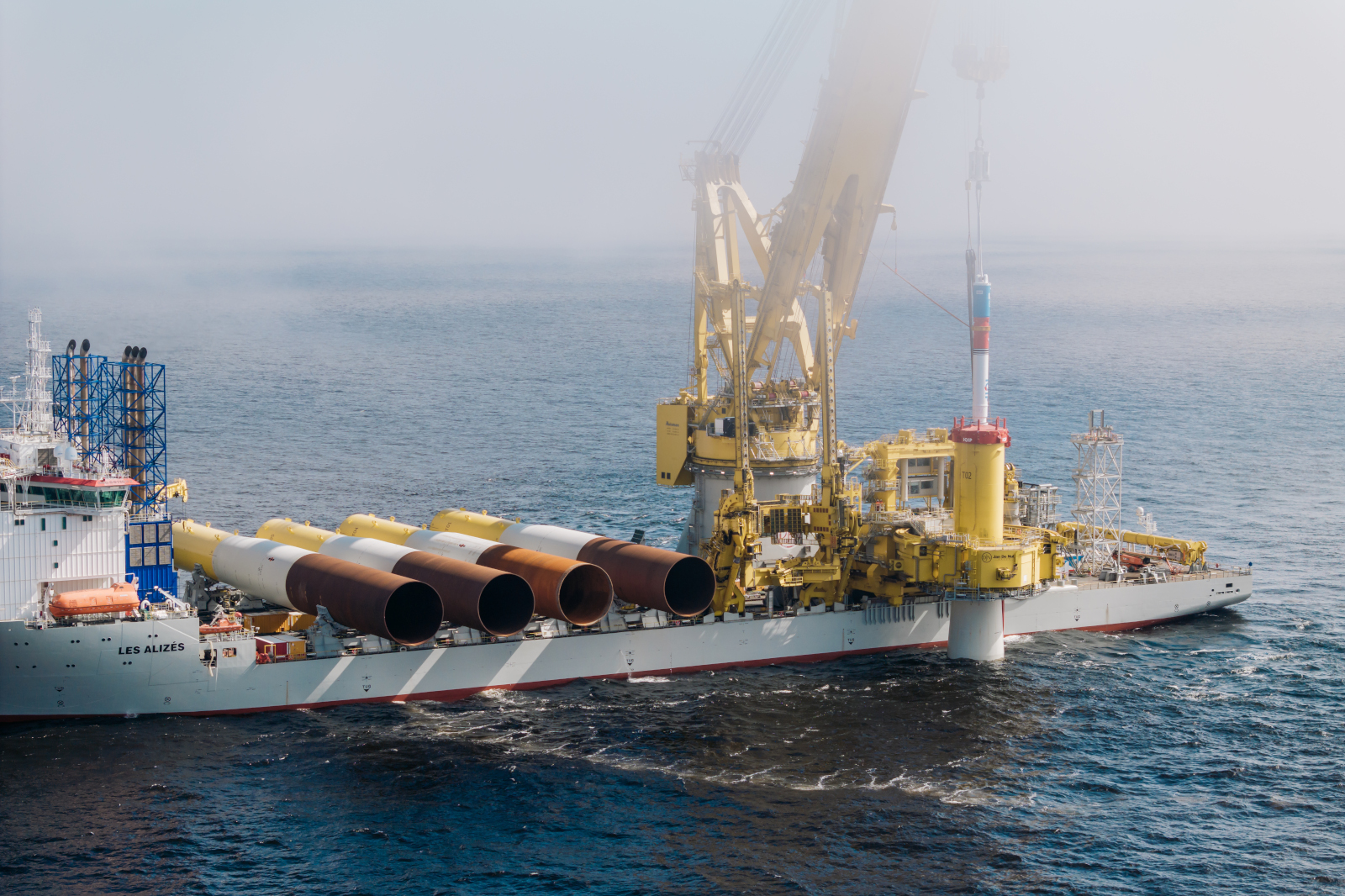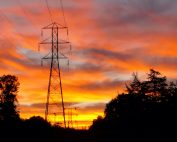The European Commission presented its Green Deal Industrial Plan today. It consists of a Net Zero Industry Act (NZIA) aiming to strengthen the EU’s industrial base for clean technologies, a Critical Raw Materials Act (CRMA) to increase Europe’s capacity to source and refine critical raw materials, and more flexible State aid rules. As is stands Europe’s Industrial Plan falls short of what’s needed to support and expand Europe’s wind supply chain and deliver on our Energy security and Climate targets.
The European Commission has presented its Green Deal Industrial Plan. The EU’s climate and energy security goals require it to build over 30GW of new wind farms every year to 2030. Europe has a big wind energy supply chain today but it’s not big enough to produce those volumes. We urgently need to expand existing factories and build new ones. This requires substantial investments in the entire wind energy value chain – factories, grids, ports, vessels and skilled workers.
As it stands the Green Deal Industrial Plan is a timid step in the right direction. Much more work is needed for the Plan to deliver the clean tech expansion Europe needs.
Net Zero Industry Act
The Net Zero Industry Act (NZIA) aims to support investment in manufacturing capacity in ‘net zero emissions’ technologies in Europe. For wind, it sets an annual manufacturing capacity target of 36 GW. This is a good objective. A number of specific actions then need to be taken to deliver it.
Public financial support will play a key role, both at EU and national level. The NZIA does not yet establish new EU Funding and Financing mechanisms.
The Commission envisages a new Sovereignty Fund to support clean tech supply chains. It will propose it this Summer. As a bridging instrument the Commission identifies the EU Innovation Fund. But the NZIA doesn’t say how this will work. The Innovation Fund will need to be recast to deliver on the objectives of the NZIA. It is overly focused on technological breakthroughs, rather than actual scaling up of existing supply chains. Which is what Europe so badly needs. Europe produced nearly all the wind turbines installed on the continent last year in the EU (16GW) but needs to scale up dramatically to deliver on the REPowerEU objectives.
More flexible State-Aid aid rules to support investments in new plants
Last week the EU proposed more flexible State aid guidelines for national investments in clean tech manufacturing under its Temporary Crisis and Transition Framework. This allows National Governments, for a limited time, to support CAPEX investments in their national clean tech supply chains. It does not cover OPEX.
Non price criteria in renewable energy auctions
The NZIA requires national Governments to apply non-price criteria in their renewables auctions. Member States can already use non-price criteria to put a premium on those things European manufacturers are good at and that society wants. Now they are required to. The NZIA defines these non-price criteria as: environmental sustainability, energy system integration, and contribution to resilience of clean tech supply chains.
This concept of resilience in supply chains is complex. The best way to define it would be with simple criteria recognising the economic and societal value of European supply chains to delivery energy security of supply.
WindEurope CEO Giles Dickson says: ‘The EU’s Green Industry Plan falls short as it stands. Fine, let’s aim to make 36 GW of wind turbines in Europe every year. But how? National Governments have some new flexibility to support green industries, though how they’ll use it is unclear. Then the EU financial support is still to come. The Sovereignty and Innovation Funds will be key, but the EU must move on from its obsession with technology breakthroughs. Expanding renewable supply chains is a volume game – we simply don’t have enough factories and infrastructure today to build and install the volumes Europe wants. It’s good that Governments now have to put a premium on sustainability and resilience in their renewables supply chains – it’s crucial they get the detail right here. So there are lots of things still to get right to ensure this Plan delivers.”
Critical Raw Materials Act
The production of all the renewables technologies required to reach climate neutrality by 2050 needs raw materials. Europe today heavily relies on a handful of exporting countries for many of these. The CRMA wants to tackle this. The experience of the Russian war in Ukraine and the subsequent Russian gas cuts have highlighted the danger of an over-dependence on one single country for the import of critical commodities.
The Act includes a list of materials important for the wind industry such as rare earth metals used in permanent magnets, copper for cables and lithium for batteries. The EU aims to build its own domestic critical raw materials supply chain for these. The CRMA wants the EU to extract at least 10% of the critical raw materials it uses from within Europe by 2030. And at least 40% of them should be processed within the EU by then.
One way of increasing the EU’s raw materials supply is recycling. Under the CRMA, by 2050 15% of the EU’s annual consumption of raw materials would need to be recycled. Crucially, the European Commission has adopted a balanced approach on permanent magnets, a key component in many wind turbines, which will first focus on building a recycling supply chain by 2030. These magnets are currently predominantly imported from China.
The CRMA does not include glass-fibre fabrics. This is a very important component for wind turbine blades for which the European industry is heavily dependent on imports. The wind industry is already working on it. It’s started using recyclable blades in the Kaskasi wind farm in Germany and will now install over 40 recyclable blades in the Sofia wind farm in the UK. Despite these efforts the Commission will have to do something to tackle Europe’s dependencies here as it is doing with the CRMA.
Source: WindEurope














